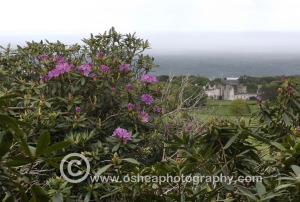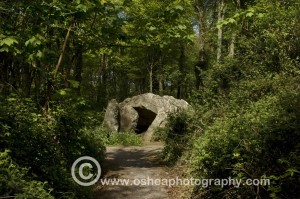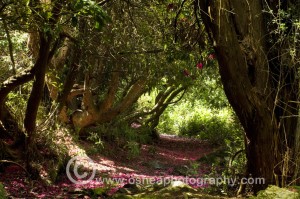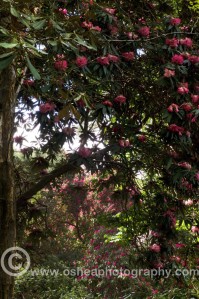Ballymun is on the outer suburb of Dublin. This development began it life in the 1960s to accommodate a housing crisis in the inner city areas of Dublin. The area became well known for its high-rise tower blocks and flat complexes. It has several sub-districts such as Sillogue and Poppintree, and is in close proximity to Dublin Airport.

The seven 15-storey towers were named after Irish Republican revolutionaries, to commemorate the 50th anniversary of the 1916 Easter Rising. The flat complexes consisted of five 8-storey “districts” (Balbutcher, Balcurris, Coultry, Shangan and Sillogue) and three 4-storey “districts,” two of which were part of Shangan and Sillogue, the third being located in Sandyhill. The Poppintree area of Ballymun was constructed in the late 1970s.
Some social problems occurred in the early years, as families which had grown up in dense city terraces close to Dublin’s retail core, found themselves at the edge of the city, with few amenities beyond a travelling shop. Over time, Ballymun became notorious for a number of social problems, such as drug abuse and unemployment, and was impacted by negative media coverage of the area.
In 1997, a regeneration plan was announced, which led to demolition of the flats and their replacement by new low-rise housing and some civic amenities.
The creation of Ballymun Regeneration Limited as a limited company controlled by Dublin City Council initiated the beginning of the demolition of the Ballymun flats and the emergence of a “new town” of Ballymun with the residents generally rehoused in new “state of the art” housing in Ballymun. The new housing is a mixture of public, private, voluntary and co-operative housing with many other amenities, including reworked park areas, a major City Council office facility, Health Service facilities, a public leisure centre, the Axis arts centre, student accommodation, a new hotel, and some renewed retail facilities to be developed.

In 2004 i spent time recording some of the last remaining areas of the old Ballymun and photographing the construction of some of the brand new Ballymun. All the images were shot with my fujifilm finepix s1 pro and i used a my Nikon 17-35 mm 2.8 lens.
I have revisited this project and uploaded some of the images enjoy !
























